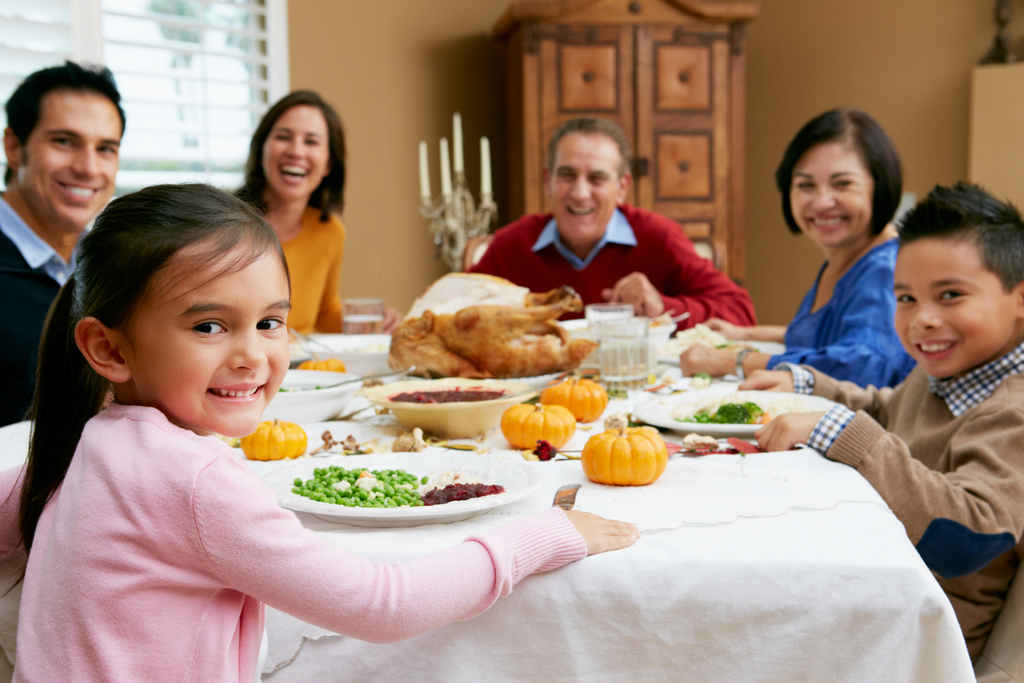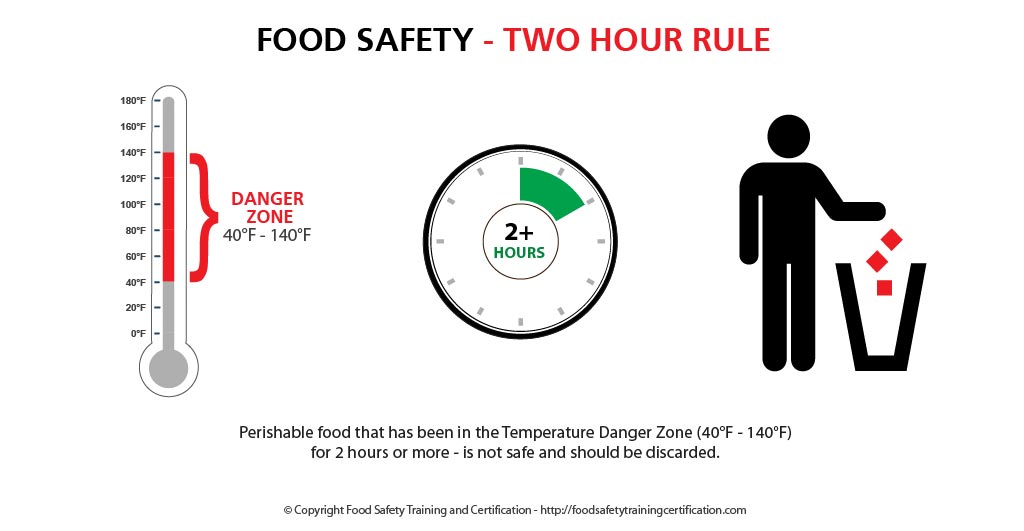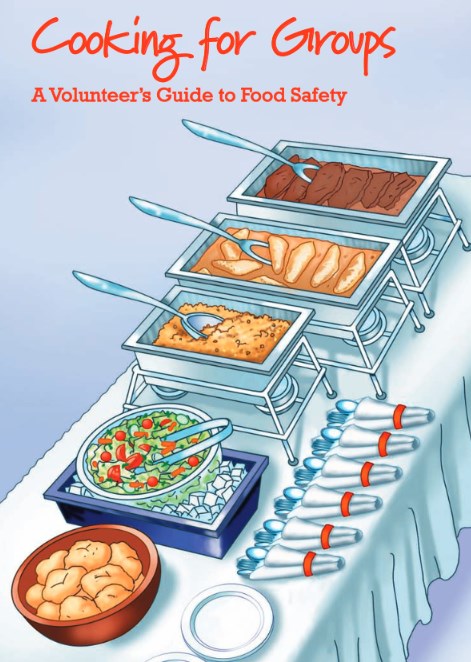Whichever cultural event you celebrate, the holidays are filled with special memories and family gatherings – and one of the favorite parts for many people is the cooking – everyone’s favorite dishes.
Food safety is probably not the first thing people think about when planning a special holiday dinner. But to keep your gathering from being memorable for the wrong reasons, it’s important to use food safety principles to not share a foodborne illness.



When preparing for your special event, remember that harmful bacteria are everywhere and can make people sick. This problem is more serious than many people realize. In fact, 1 in 6 Americans will get sick from food illness every year.
- Learn about proper hygiene, cross contamination, cold and hot food safety, foodborne pathogens, and best practices to prevent foodborne illness.
- Food Manager Training & ANSI Certification - $99.00
- Food Handler Training - only $7.00!
- HACCP Training: 16hr/4hr/1hr
- Food Allergy Training - $15.00
- Enter Promo "train10off" at Checkout
Clean – Separate – Cook – Chill
By following four simple steps, you can protect your families and friends and keep your food safe.
- Clean – Bacteria can spread throughout the kitchen and get onto cutting boards, utensils, counter tops, and food. To ensure that your hands and surfaces are clean.
- Separate – Cross-contamination occurs when bacteria are spread from one food product to another. To prevent cross-contamination, separate raw meat, poultry, seafood, and eggs from other foods in your grocery shopping cart, grocery bags, and in your refrigerator.
- Cook – Foods are safely cooked when they are heated to the USDA-FDA recommended safe minimum internal temperatures:
- Beef, Pork, Veal, Lamb, Steaks, Roasts & Chops: 145ºF with 3-minute rest time
- Fish: 145ºF
- Beef, Pork, Veal, Lamb Ground: 160ºF
- Egg Dishes: 160ºF
- Turkey, Chicken & Duck Whole, Pieces & Ground: 165ºF
- Chill – Cold temperatures slow the growth of harmful bacteria. Keeping a constant refrigerator temperature of 40 °F or below is one of the most effective ways to reduce risk of foodborne illness. Use an appliance thermometer to be sure the refrigerator temperature is consistently 40 °F or below and the freezer temperature is 0 °F or below.



Temperature Danger Zone & 2 Hour Rule
Bacteria multiply rapidly between 40°F and 140°F. To keep food out of this “Danger Zone,” keep cold food cold and hot food hot. Keep food cold in the refrigerator, in coolers, or on the serving line on ice. Keep hot food in the oven, in heated chafing dishes, or in preheated steam tables, warming trays and/or slow cookers.
Never leave perishable foods, such as meat, poultry, eggs and casseroles in the “Danger Zone” over 2 hours; 1 hour in temperatures above 90°F.



USDA Booklet – Cooking for Groups
This brochure helps people prepare and serve food safely for large groups.
Additional Resources – Cooking for Groups Food Safety
- Cooking for Groups FSIS Image Library – Brochure graphics are offered here in a high resolution format (EPS) and low resolution format (JPG). Most are available in color or black and white (B/W).
- 7 Food Safety Steps for Successful Community Meals | PDF
- Cooking for Groups: A Volunteer’s Guide to Food Safety (USDA)
Prepare and serve food safely for large groups such as family reunions, church dinners, and community gatherings. - “No-Show” Guests Jeopardize Food (USDA)
If a meal must be delayed or cancelled, food must be handled “just right” to remain safe. - Holiday or Party Buffets (USDA)
When foods are left out for long periods, you may have uninvited guests — bacteria that cause foodborne illness.







